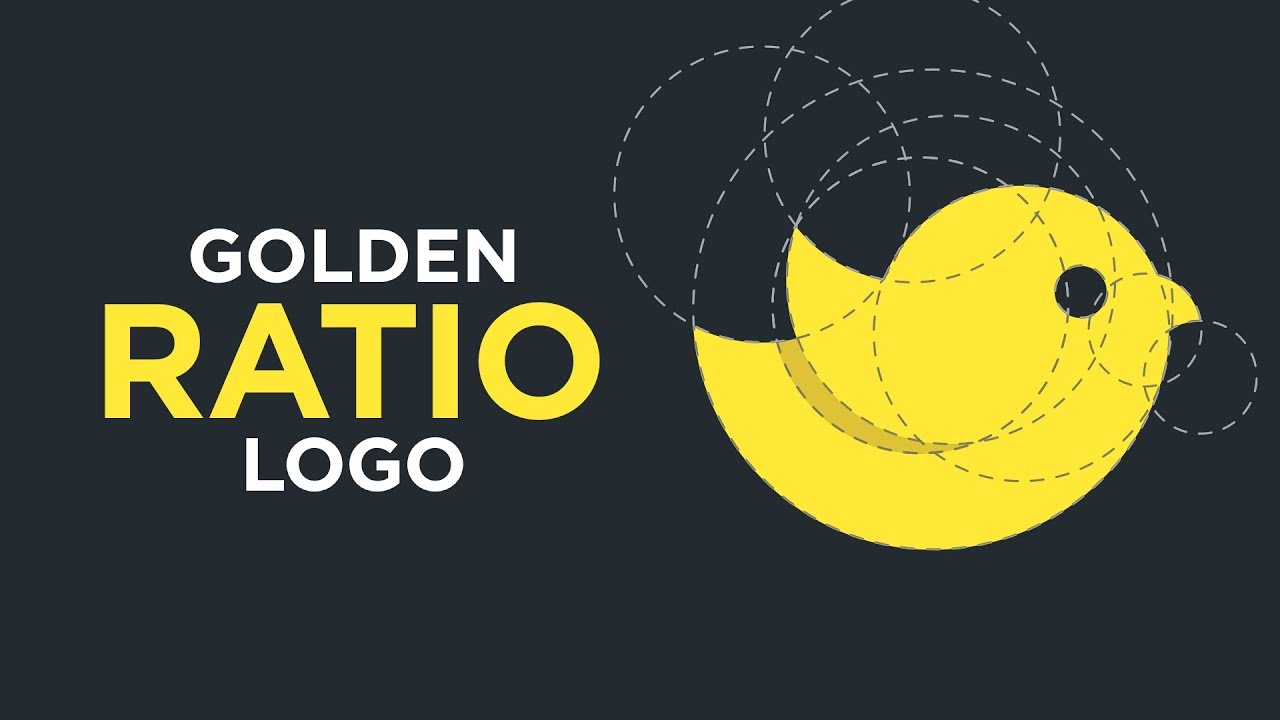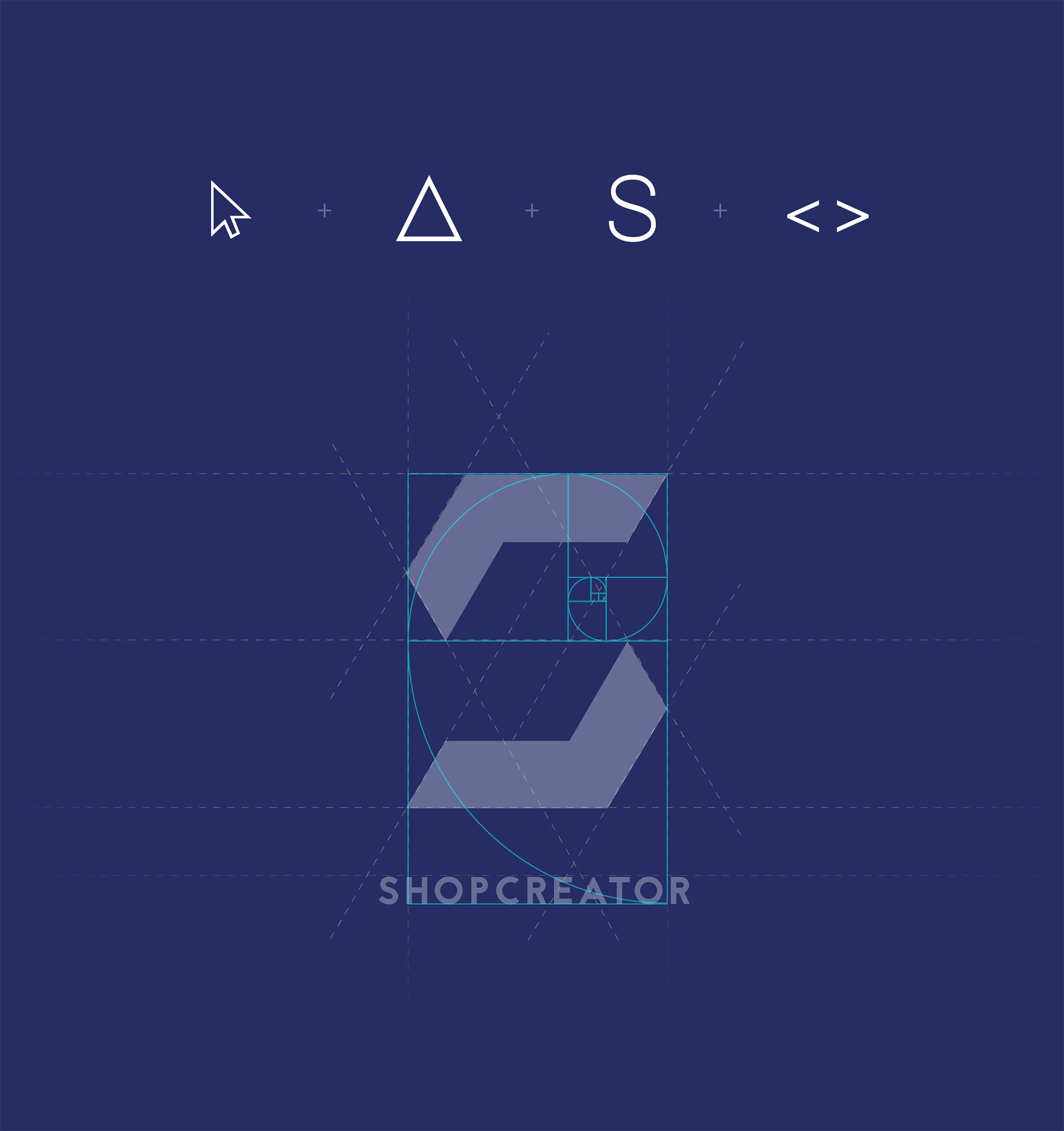
Using the golden ratio and Fibonacci sequence can make it just that much easier to produce a logo that customers love. But it’s particularly important for designers, who want nothing more than to catch the attention of their audience. This tool can be used by many people in many different fields. Many artists and designers are familiar with the seashell-like curve of the Fibonacci spiral, or “golden spiral”, and how using that basic structure can result in aesthetically pleasing visuals. The Fibonacci sequence comprises of numbers with each one equal to the sum of the two preceding numbers, beginning with zero and one, and-not surprisingly-expresses a ratio very close to 1:1618. However, when it comes to the practical application of the golden ratio in art and design, it can be helpful to understand the link between it and the Fibonacci sequence. You don’t have to be a mathematical whizz to use the ratio in logo design.
#Goldenratio logo how to#
How To Use The Golden Ratio In Logo Design Using the golden ratio-and golden rectangle-is the most effective way of scanning one’s visual field, and possibly accounts for its aesthetic appeal. But a professor at Duke Pratt School of Engineering has suggested that it’s linked to the evolutionary need animals have to scan their environment as quickly and efficiently as possible. There is no individual explanation for the appeal of the proportion and why exactly it is such a recurring design in the natural world. The ratio is found almost everywhere in nature, from the structure of a snail’s shell to the arrangement of seeds in a flower. There’s some uncertainty as to why the golden ratio is so attractive to the human eye, although there is no doubt that we’re drawn to it.

In art and design, it's used to determine the best proportions between different elements, resulting in an attractive overall design. This ratio is also referred to as the “golden mean”,” golden number” and even “divine proportion”-descriptions that convey its apparent perfection. A rectangle built around the golden ratio is a golden rectangle. Like Pi, it is an irrational number, and in ratio form, we write it as 1:1618.
#Goldenratio logo plus#
If a line gets divided into two segments, a and b, the ratio between a and b must equal the ratio between a plus b and a. The number 1.618 (rounded off) expresses the relationship between two quantities-two sections of a distance or space that fulfil a specific ratio. The fundamental essence of the golden ratio is mathematical, although it’s been used in many fields by non-mathematicians, such as architects, artists, and designers. Using the golden ratio is an effective way of designing an aesthetically pleasing logo that ticks all the right boxes. The design of a logo plays a huge role in attracting customers and creating a strong brand identity.

The intention of a logo is to advertise a brand, create an identity, inform, and evoke an emotional response. Stick with me and I’ll explain why.ĭesigners strive to produce logos that inspire people and capture their imagination.

The same ratio Einstein references has made its way into logo design, and the reasons for this are simple. While there are many rules and suggestions for constructing engaging logos, applying the golden ratio never fails when designers are seeking a framework that ensures aesthetic appeal. The customer felt the same way and so he invited me to also redesign the logo for his parent company.As we all know now, logo design involves a huge variety of skills, from artistic ability to a thorough understanding of marketing strategies.

The customer wanted a simple logo that works in both the smallest resolutions of 32x32 pixels as a favicon, but also in full-size glory. Finally, the symbol represents an abstract Q matching the initial letter of QuantHub.
#Goldenratio logo software#
The parallel shapes also remind of conductor tracks, so that the symbol fits well in the environment of a software OS. The three shapes within the circle symbolize an upward directed financial bar chart, conveying that financial success is an inherent ingredient of QuantHub. Quantitative investing takes a scientific data-centric approach to invest money, by building statistical forecasting models as a set of very complex rules in order to make decisions. QuantHub is an operating system (OS) designed to help manage investments, and in particular, to facilitate the design and implementation of systematic or quantitative strategies. Simple and Engaging Logo for Financial Software Operating System


 0 kommentar(er)
0 kommentar(er)
